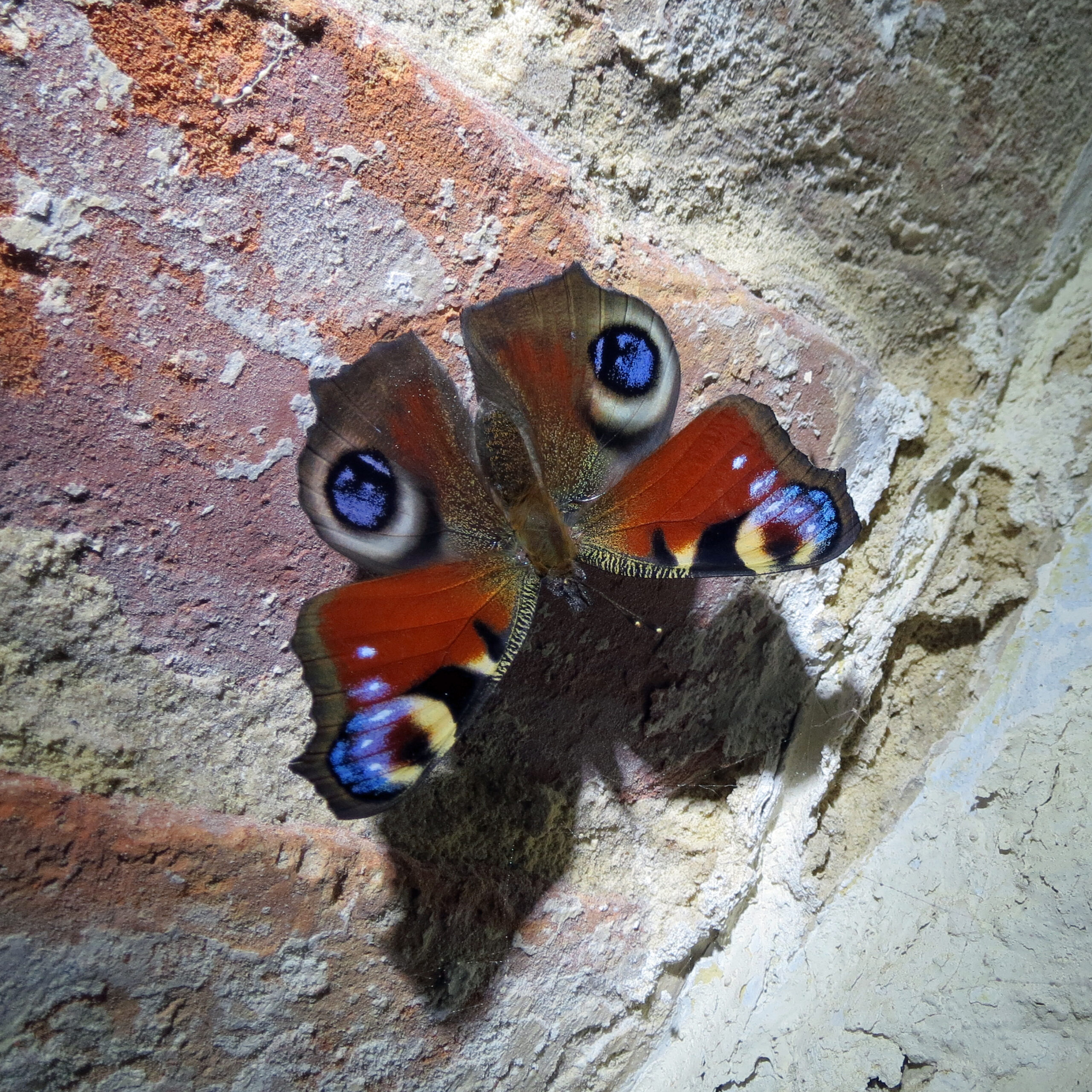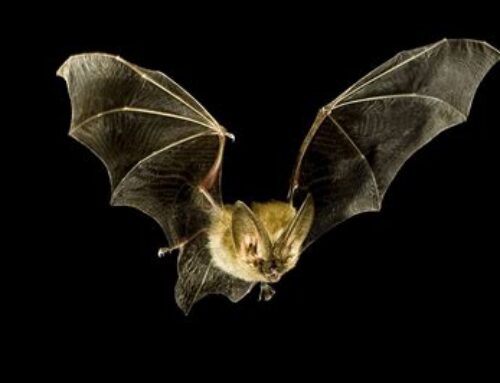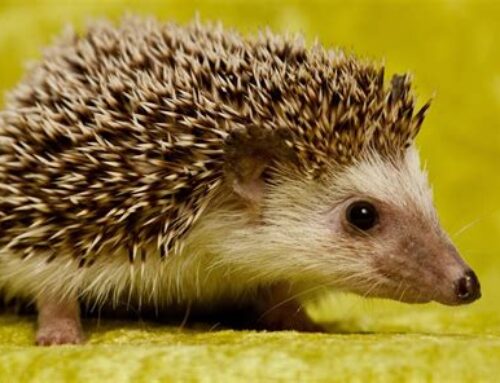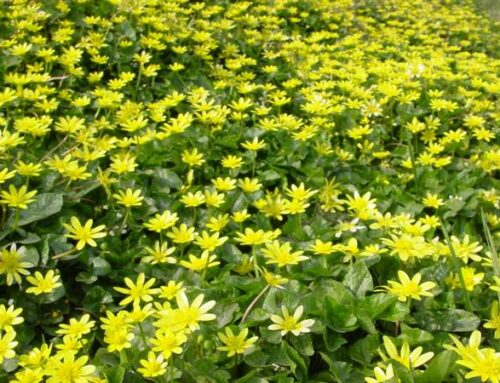Nature blogger Steven Teale explores hibernation in British wildlife and gives tips on how you and your garden can help.
Did you know that the dormouse is named after the French word dormir, meaning ‘to sleep’? It’s one of several British wildlife species that have adapted to winter by dodging it entirely.
We’re halfway through the darkest time of year and, for much of the wildlife in Britain, food is in short supply. Species that aren’t able to migrate have adapted to conserve their energy by hibernating.
During hibernation, energy is saved by entering a state of torpor when heart rate, breathing, metabolism and body temperature are reduced. The depth of torpor varies between species and is punctuated with periods of activity within the hibernaculum, a place of hibernation chosen for protection from extreme temperature, humidity and wind.
Hibernating animals still burn energy, but at a much reduced rate. They need to ensure their fat reserves will sustain them throughout the winter. Like migrating species, hibernating creatures feast on the autumn harvest in order to maximise their body fat before entering the hibernaculum.
Hibernating insects
Most butterflies spend the winter as eggs (ova), larvae or pupae, but some species hibernate as adults and emerge on warm winter days, including the brimstone and red admiral, which hibernate deep within vegetation. The peacock and small tortoiseshell, prefer buildings or rabbit holes, providing the light, temperature, humidity and ventilation are stable.
Many moth species also hibernate as adults, including the leaf-like herald and the bloxworth snout, a recent UK colonist that is tolerant of the cold and usually only enters a light hibernation.
Ladybirds, such as the harlequin, an invasive Asian species released in Europe to control aphids, hibernate around fenestration to protect them from frosts and moisture. Some fly species also hibernate, including the cluster fly, a parasite of earthworms, which likes to hibernate in roof spaces and false ceilings.
Hibernating reptiles and amphibians
All British reptiles and amphibians hibernate, although my pond often has active frogs around it deep into mild winters. Palmate newts overwinter in the damp ground beneath logs and stones, where they are protected from predators and frosts. Reptiles, such as snakes and lizards, choose dry hibernacula, such as old burrows and compost heaps.
Hibernating mammals
The only genuine mammalian hibernators are hedgehogs, dormice and bats, but most other species, including rodents and badgers, become less active. Bats are often found in similar places to butterflies and moths. Hedgehogs make a hibernaculum from dead vegetation and emerge only to add extra insulation if the temperature drops too low.
Help garden wildlife in winter
Not tidying parts of your garden will help to provide space for hibernating wildlife amongst long grass and vegetation. Creating log piles, compost heaps or insect/bug hotels will help insects, amphibians, reptiles and mammals overwinter. Remember to check garden bonfires before they are lit for hedgehogs and other species.
The effects of climate change can confuse species, especially if warmer winter temperatures cause them to emerge before there are sufficient food or nectar sources to sustain them. This can be especially harmful to bees, which are among the earliest hibernators to emerge on warm winter days, when there are few or no natural nectar sources.
Leave out food sources for your garden visitors. Growing winter flowering plants and shrubs and providing other hibernaculum options in your garden can help insects, reptiles, amphibians, birds and mammals to survive the winter.
Follow Steven Teale’s blog Newhaven Wildlife







